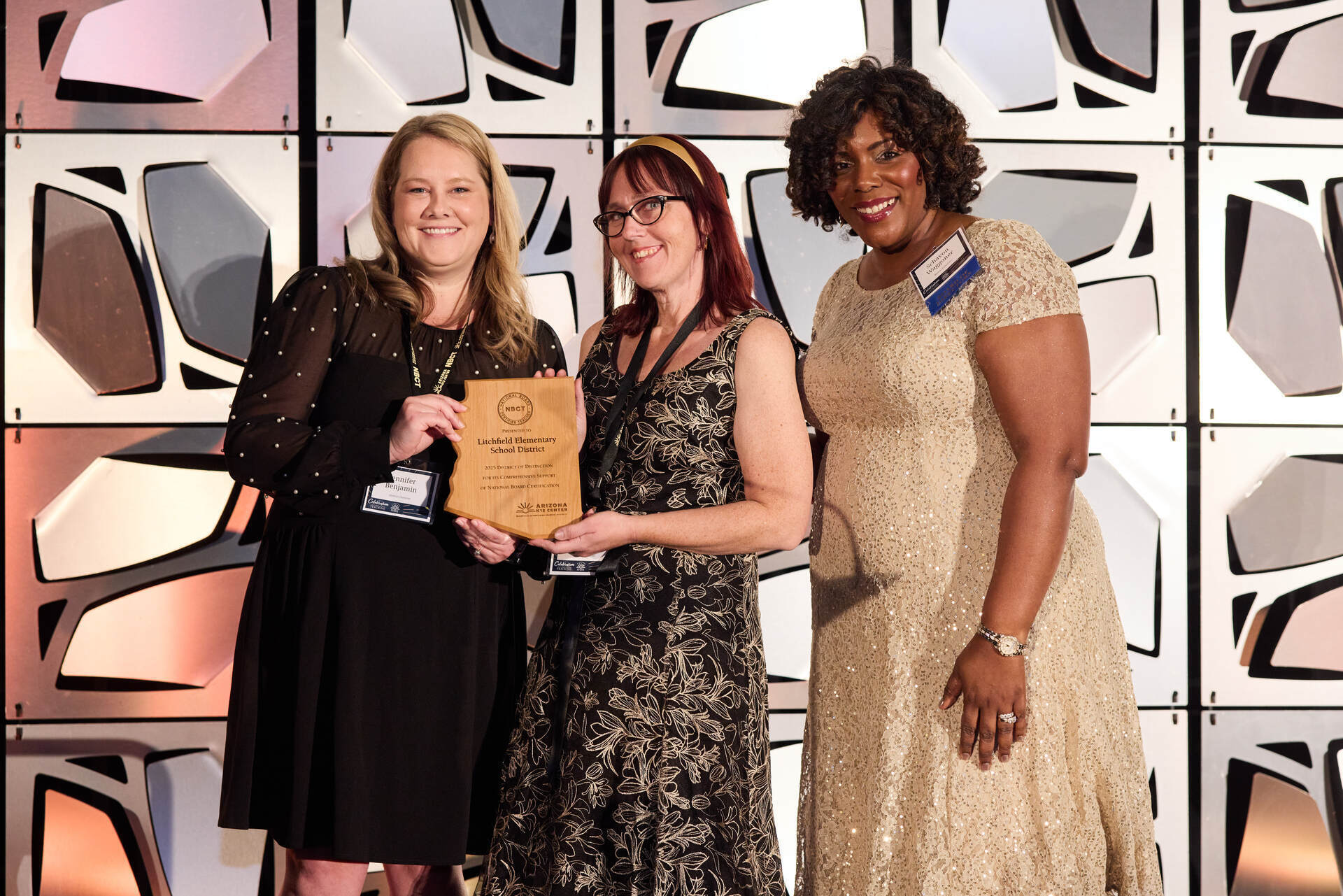August 9, 2017
How to Use Summer Activities to Spark Student Reflection
You can help students learn to recognize both their personal strengths as well as where they have room for growth — and channel that knowledge into fuel for their futures.
As a ninth grade teacher, I was always so shocked to see how many of my freshmen babies returned from summer break three or four inches taller. For me, it never got old — and it never failed to remind me that while I was worrying that all of the figurative language and essay skills we packed into their brains for 10 months would evaporate over 10 weeks, they were growing in ways I couldn’t see.
For our students, summertime is packed with experiences of all shapes: jobs, vacations, family time, hobbies, volunteering, young love, and new books. Summer is prime time for hearts and minds to change.
Us teachers, we’re opportunistic — and the first few weeks back at school are ideal for taking our kids’ freshly squeezed summer memories and using them to teach reflection skills. Here are a few pointers to help those wheels turn.
- Get started with reflection sentence frames to get students started. Think along the lines of “I’m still wondering about…” or “This summer, I was really frustrated by…”. Another idea? Put reflection questions on a dice and have students roll for a prompt. Feeling techy? Check out this QR code example.
- Give kids the big picture in the beginning. Why is teaching reflection skills important? How will this help develop their mindsets? What should the end product look or sound like?
- Participate and build class culture. If you want kids to be honest and open in their self-evaluations, step up and go first. Share a summer memory from your youth and how it changed or affected you.
- Put them at the center of their reflection. Reflection is all about constructing meaning from our individual experiences and using them for analysis and problem solving. Students should choose a summer event that transformed them, even in a subtle way. Help kids navigate their memory or event as a platform for a decision, self-identification, or improvement.
- Link to other events. Reflection is most powerful when we construct meaning from one life experience and link it to another — a skill known as building background or scaffolding. Encourage students to enhance their reflection by showing how one event or lesson learned impacted another experience.
- Share reflections with an authentic audience. Whether it’s a journal entry, a blog, or a videoed response (the possibilities are endless; be creative), think about how you can open up reflections to a real and appropriate audience. Think peers, administration, parents — and beyond. Going public can be intimidating at first, but it will seriously deepen the reflection impact (and connect to other 21st century skills while you’re at it).
The ability to reflect isn’t only valuable in the classroom; it’s a critical life skill. Whether you teach first or 10th grade, you can help students learn to recognize both their personal strengths as well as where they have room for growth — and channel that knowledge into fuel for their futures.











